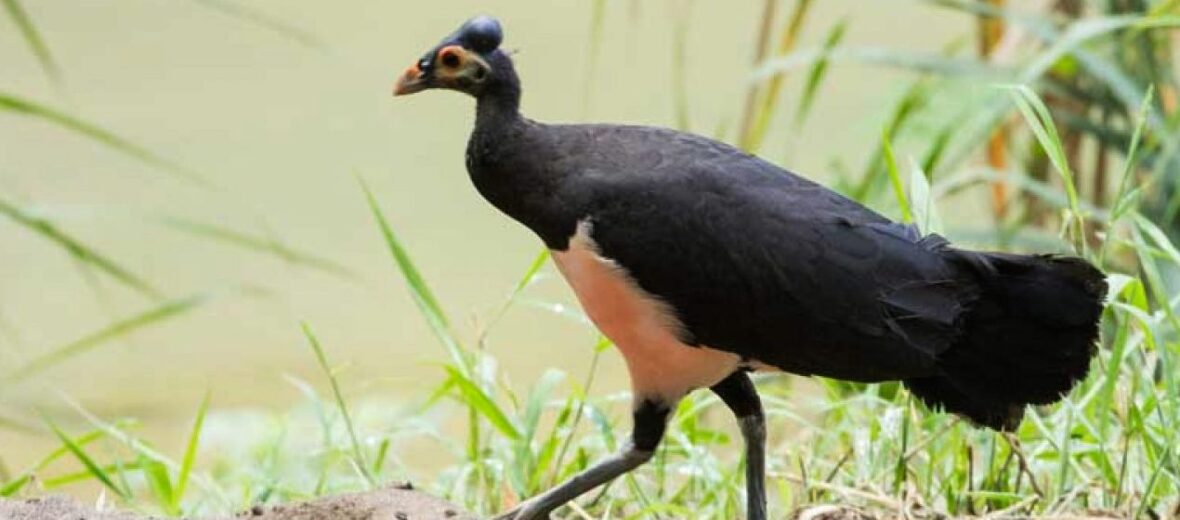
The Maleo bird, aka volcano bird or Maleo Senkawor, can only be found in the Indonesian state of Sulawesi. They prefer rainforests and lowland hills. These ancient birds are unique in that they are roughly about twice the size of a chicken, but lay eggs 5 times the size of chicken eggs! They can fly but prefer not to. Even the way they incubate their eggs is odd. There are only an estimated 14,000 wild Maleos remaining today. They are listed as Endangered by the IUCN. This is due to habitat destruction, egg collection, and general human interference. Wildfires have also drastically reduced their habitat.
First the Stats…
Scientific name: Macrocephalon maleo
Weight: Up to 3.5 lbs.
Length: Up to 24 inches
Wingspan: Up to 13.5 inches
Lifespan: Up to 25 years
Now on to the Facts!
1.) Monitor lizards, reticulated pythons, wild pigs, and cats all prey on the Maleo bird.
2.) Maleos are omnivores (eat plant and animal matter) that eat seeds, fruits, ants, termites, beetles, mollusks, and a variety of other small invertebrates.
3.) The egg laying process is so exhausting for the female that she will often faint after laying an egg.
4.) Females can lay up to 12 eggs per year and these birds breed year round.
5.) Maleo birds are monogamous (mate for life).
But wait, there’s more on the Maleo bird!
6.) These birds build their nests in the open sandy areas, volcanic soils, or beaches.
7.) They don’t incubate their eggs. Instead, they bury the eggs in the sand and rely on geothermal heat to incubate them.
Did you know…?
The egg of a Maleo bird is not only 5 times the size of a chicken’s egg, but it contains a nearly fully formed chick inside.
8.) The eggs take up to 80 days to incubate.
9.) When the eggs hatch, the chicks have to break free of the egg, then climb their way up through the sand to reach freedom. Some do not make this trek alive.
10.) Maleo chicks are born precocial (self sufficient).
Now a Short Maleo Bird Video!
Be sure to share & comment below! Also, check out the Critter Science YouTube channel. Videos added frequently!
Want to suggest a critter for me to write about? Let me know here.



